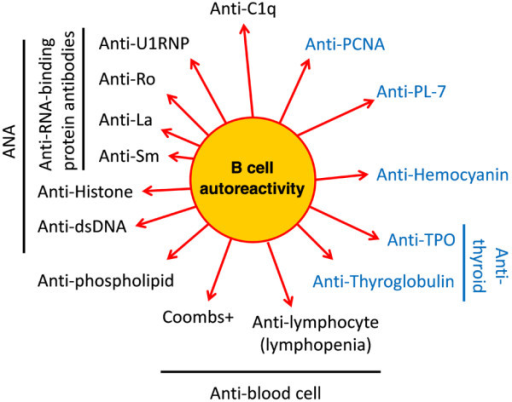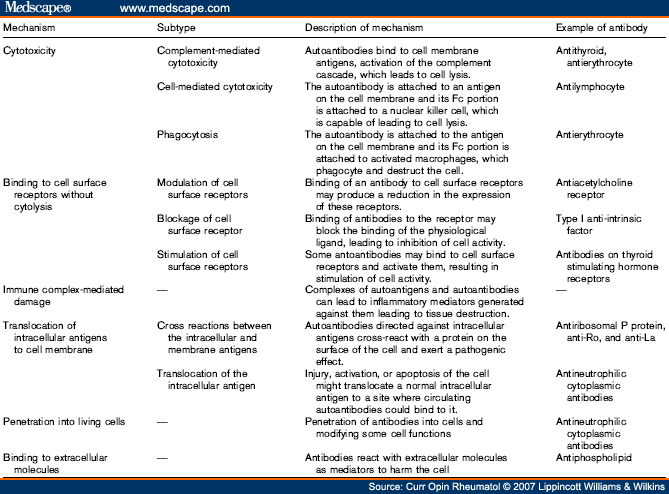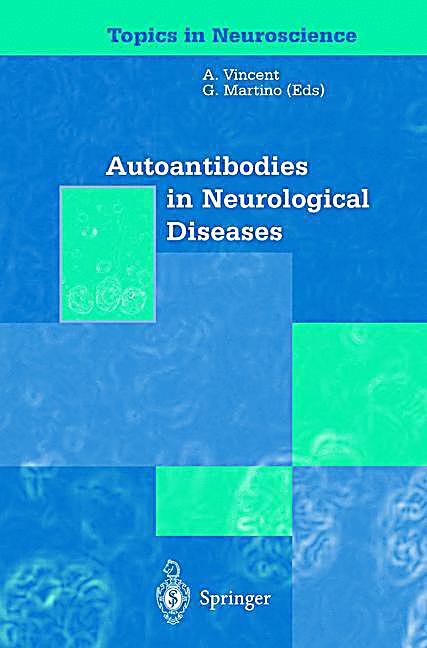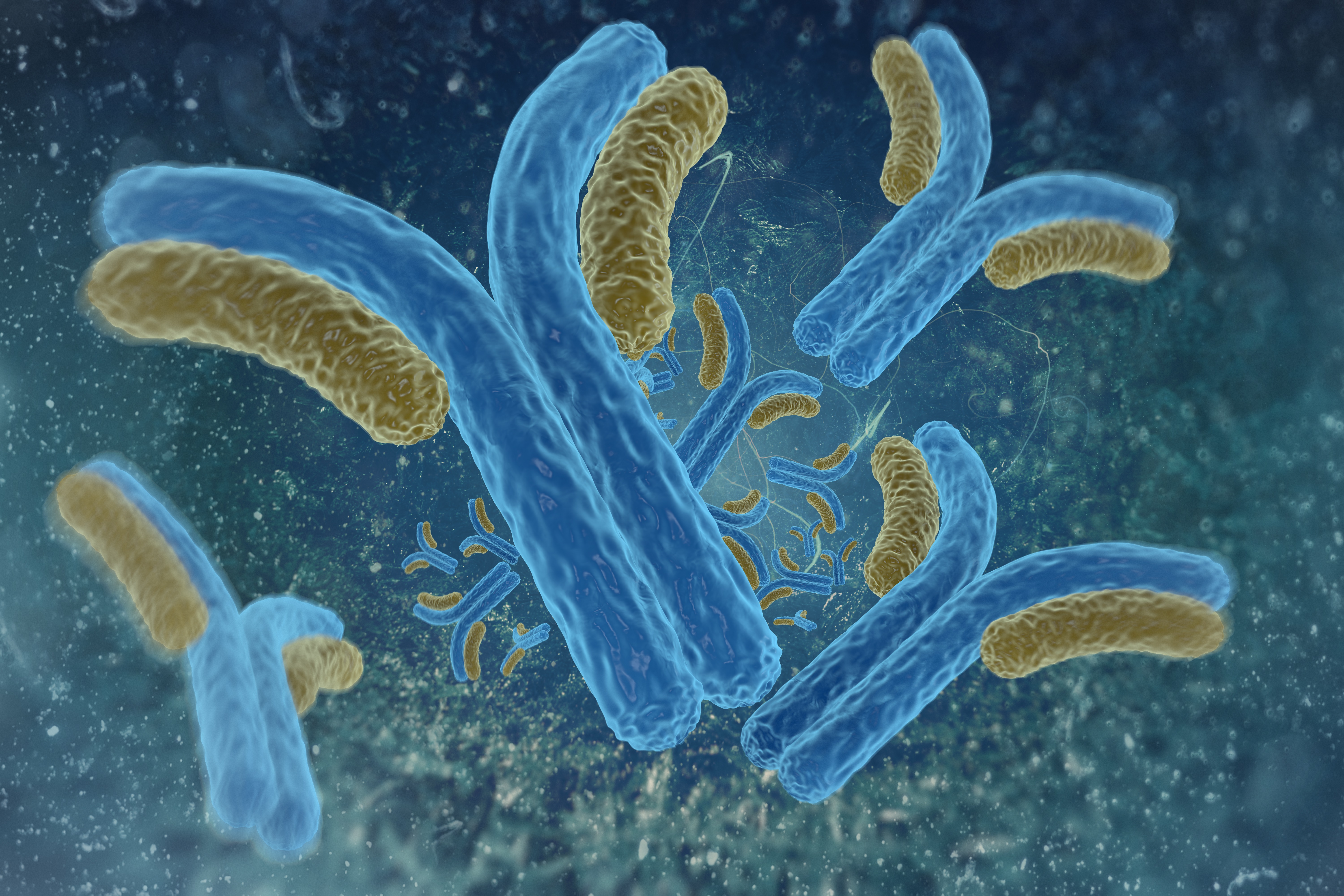-
Gallery of Images:

-
Abstract. Islet cell autoantibodies are strongly associated with the development of type 1 diabetes. The appearance of autoantibodies to one or several of the autoantigensGAD65, IA2, or insulinsignals an autoimmune pathogenesis of cell killing. The identification of islet cell antibodies (ICA) by immunofluorescence in 1974 was a key step in the recognition of type 1 diabetes as an immunemediated disease. Reference ranges are provided as general guidance only. To interpret test results use the reference range in the laboratory report. The CPT codes provided are based on AMA guidelines and are for informational purposes only. ANCA: General 2 Epidemiology: More frequent with silica dust exposure Methodology Initial testing by immunocytochemistry An autoantibody is an antibody (a type of protein) produced by the immune system that is directed against one or more of the individual's own proteins. Many autoimmune diseases (notably lupus erythematosus) are caused by such autoantibodies. Autoantibodies information including symptoms, causes, diseases, symptoms, treatments, and other medical and health issues. Systemic lupus erythematosus is a chronic autoimmune disease of complex clinical presentation and etiology and is likely influenced by numerous genetic and environmental factors. While a large number of susceptibility genes have been identified, the production of antibodies against a distinct subset of nuclear proteins remains a primary distinguishing characteristic in disease diagnosis. Autoimmune diseases are characterized by the occurrence of antibodies reacting with selfconstituents of the body. The fully updated third edition of Autoantibodies is an indepth review of the main autoantibodies identified up to now, with particular emphasis on those that display a diagnostic or prognostic clinical value. The new edition covers recent scientific advances, diagnostic. Title: Free Autoantibodies (PDF, ePub, Mobi) Author: Sylvan Dell Publishing Subject: Autoantibodies Keywords: Download Books Autoantibodies, Download Books Autoantibodies Online, Download Books Autoantibodies Pdf, Download Books Autoantibodies For Free, Books Autoantibodies To Read, Read Online Autoantibodies Books, Free Ebook Autoantibodies Download, Ebooks Autoantibodies Free. Autoantibodies are a group of antibodies (immune proteins) that mistakenly target and damage specific tissues or organs of the body. In many instances they may not be pathogenic, that is cause disease, but a sign of damage that is occurring or may be going to occur. The present invention identifies autoantibodies to folate receptors. Methods to identify these autoantibodies to the human folate receptors are also provided. The present invention also contemplates diagnostic methods and test kits to be used in a clinical setting for identifying a subject at risk of folatesensitive abnormalities or disorders as observed in neural tube defect. Autoantibody, harmful antibody that attacks components of the body called self antigens. Normally autoantibodies are routinely eliminated by the immune systems selfregulatory processprobably through the neutralization of lymphocytes before they mature. At times this process fails, and antibodies that react to self constituents proliferate. Gourley for participating in our live discussion. It is a pleasure to be with you today to discuss the important topic of autoantibodies. This is the first book to address all aspects of the biology of autoantibodies in a single volume, including a discussion of immunology, experimental models, clinical aspects, and the use of autoantibodies as probes in molecular and cellular biology. These include: anticentromere antibody; antidouble stranded DNA antibody; antiendomysial antibody; antigliadin antibody; antiLA antibody; antiRNP antibody In patients with established disease, autoantibodies can help define the nature of the disease and provide markers to classify the disease. For example, type 1 diabetes, thyroiditis, and adrenalitis are classified as autoimmune or not autoimmune, based on the. Thyroid autoantibodies are antibodies that develop when a person's immune system mistakenly targets components of the thyroid gland or thyroid proteins, leading to chronic inflammation of the thyroid (thyroiditis), tissue damage, andor disruption of thyroid function. Laboratory tests detect the presence and measure the quantity of specific thyroid autoantibodies in the blood. The first prescription treatment for lupus in over 50 years was approved in 2011 by the Food and Drug Administration for adults with active autoantibodypositive lupus who are receiving standard therapy. Sandee Lamotte, CNN, Lupus: What you need to know, 18 Sep. 2017 In essence, the antibodies turned into autoantibodies: antibodies that attacked the self. Autoantibody definition, an antibody that an organism produces against any of its own tissues, cells, or cell components. Autoantibodies are antibodies (immune proteins) that mistakenly target and react with a person's own tissues or organs. One or more autoantibodies may be produced by a person's immune system when it fails to distinguish between self and nonself. Usually the immune system is able to discriminate between foreign substances (nonself) and the bodys own cells (self). Associated with PM and other connective tissue disorders Sensitivity for connective tissue disorders up to 95 Antibody class: IgG What are autoantibodies? Autoantibodies are antibodies (immune proteins) that mistakenly target and react with a person's own tissues or organs. The present invention relates to a method to purify autoantibodies from therapeutic intravenous immunoglobulin preparations (IVIg); autoantibodies; IVIg free of autoantibodies, phamarmaceutical compositions, therapeutical uses and method of treatments thereof. Antinuclear antibodies and the conditions with which they are associated include the following: Anticentromere antibodies: Limited cutaneous systemic sclerosis (CREST syndrome), primary biliary cirrhosis, proximal scleroderma AntidsDNA: Systemic lupus erythematosus (SLE) Antigp210: Primary biliary cirrhosis Antihistone antibodies: SLE a Autoantibodies are frequently observed in healthy individuals. In a minority of these individuals, they lead to the manifestation of autoimmune diseases, such as rheumatoid arthritis or Graves disease. 5 of the population is affected by autoantibodydriven autoimmune disease. Pathways leading to autoantibodyinduced pathology greatly differ among different diseases. An antibody (Ab), also known as an immunoglobulin (Ig), is a large, Yshaped protein produced mainly by plasma cells that is used by the immune system to neutralize pathogens such as pathogenic bacteria and viruses. The antibody recognizes a unique molecule of the pathogen, called an antigen, via the Fab's variable region. Each tip of the Y of an antibody contains a paratope (analogous to a. org, the official website for the International Consensus on Antinuclear Antibody (ANA) Patterns (ICAP). ICAP was initiated as a workshop aiming to thoroughly discuss and to promote consensus regarding the richness in nuances of morphological patterns observed in the indirect immunofluorescence assay on HEp2 cells. as markers of disease activity and severity. Antibodies may reflect the presence, nature, and intensity of the immune response. Since in autoimmune diseases the immune response is itself part of the disease process, it is possible to use. Antibody can be secreted as free floating antibody or be bound to the plasma cell membrane to act as the BCell Receptor. Antibodies are the most important part of. Autoantibody tests are performed, along with xrays and other imaging scans and biopsies, to help diagnose an autoimmune disorder. In some cases, they can also be used to help evaluate the severity of the condition, monitor activity of the disease, and assess the effectiveness of treatments. Bullous pemphigoid is an autoimmune blistering skin disease characterized by the presence of circulating autoantibodies which recognize specific proteins of. Islet autoantibodies are important in diabetes classification and risk assessment, and as endpoints in observational studies. The Diabetes Autoantibody Standardization Program (DASP) aims to improve and standardise measurement of autoantibodies associated with type 1 diabetes. Rheumatoid factor is a significant serological marker for RA but is a poor marker for monitoring disease. [High levels are associated with RA and Sjgren's syndrome. Other disease associations include chronic hepatitis, chronic viral infection, tuberculosis, leprosy, leukaemia, dermatomyositis, infectious mononucleosis, systemic sclerosis and SLE. Autoantibodies was published and presented in November 2006 at the International Congress of Autoimmunity in Sorrento, a small town in Campania, Italy. Autoantibodies are proven useful diagnostic tools for a variety of rheumatic and nonrheumatic autoimmune disorders. However, a highly specific marker autoantibody for rheumatoid arthritis (RA) has not yet been determined. The presence of rheumatoid factors is currently used as a marker for RA. Autoantibodies can affect every organ, from the hair root cells to the kidney, and can sometimes cause complete destruction of the target organs. An antibody that occurs in response to antigenic constituents of the host's tissue (or self antigen) and reacts with the inciting target tissue. Autoantibodies was published and presented in November 2006 at the International Congress of Autoimmunity in Sorrento, a small town in Campania, Italy. This chapter overviews acetylcholine receptor (AChR) autoantibodies. The AChR is an oligomeric membrane ion channel protein that consists of five subunits 2, , , surrounding a central pore. Myasthenia gravis (MG) is a disorder in which autoantibodies to AChR at the neuromuscular junction of skeletal muscle lead to AChR loss and muscle weakness. Autoantibodies are key biomarkers in establishing the diagnosis and prognosis of a variety of autoimmune conditions, including several neurological conditions such as encephalitis, paraneoplastic syndromes (PNS), and ataxia. Myositis, an autoimmune disease, involves autoantibodies targeted against skeletal muscles. Learn more about myositis and autoantibodies. Autoantibodies are antibodies that react with selfantigens. These antigens may be found in all cell types (e. chromatin, centromeres) or be highly specific for a specific cell type in one organ of the body (e. thyroglobulin in cells of the thyroid gland). Background Although much is known about the natural history of systemic lupus erythematosus (SLE), the development of SLE autoantibodies before the diagnosis of the disease has not been. Antibodies, Antinuclear: Autoantibodies directed against various nuclear antigens including DNA, RNA, histones, acidic nuclear proteins, or complexes of these molecular elements. Antinuclear antibodies are found in systemic autoimmune diseases including systemic lupus erythematosus, Sjogren's syndrome, scleroderma, polymyositis, and mixed connective tissue disease. blood pressure is the force of blood against the walls of arteries. Blood pressure is noted as two numbersthe systolic pressure (as the heart beats) over. Autoantibodies in Diabetes Catherine Pihoker, Lisa K. Hampe, and ke Lernmark Islet cell autoantibodies are strongly associated with the Stanford Libraries' official online search tool for books, media, journals, databases, government documents and more. Original Article from The New England Journal of Medicine AntiNeutrophil Cytoplasmic Autoantibodies with Specificity for Myeloperoxidase in Patients with Systemic Vasculitis and Idiopathic.
-
Related Images:










.png)
